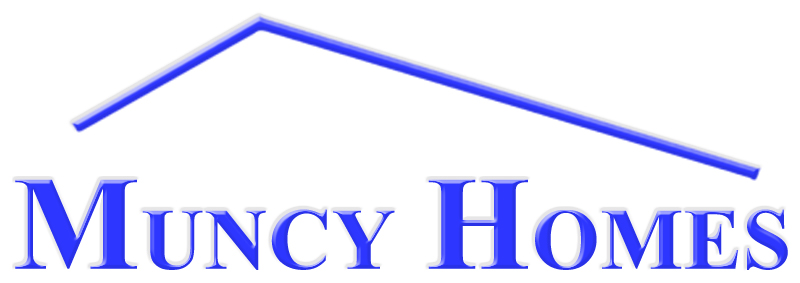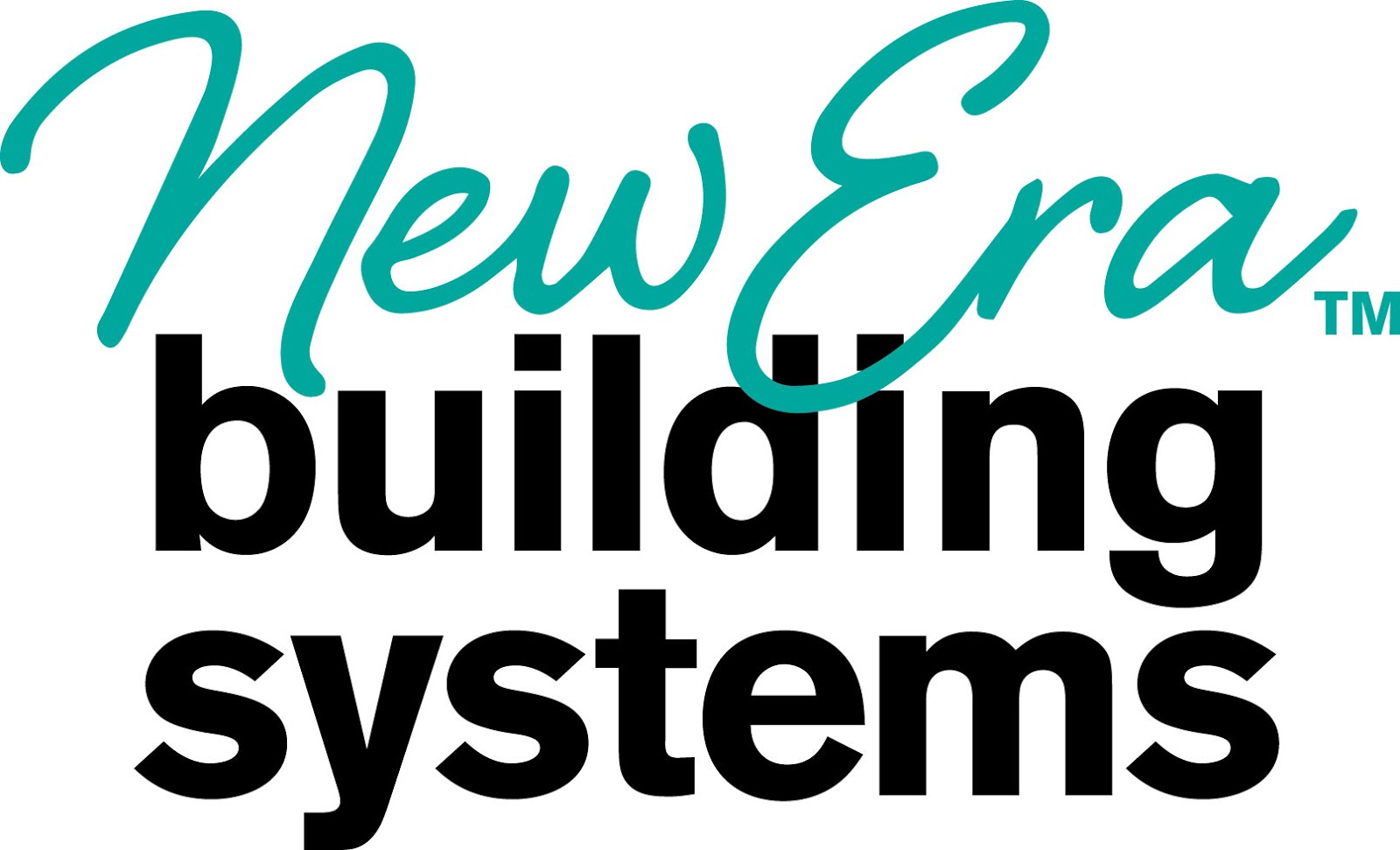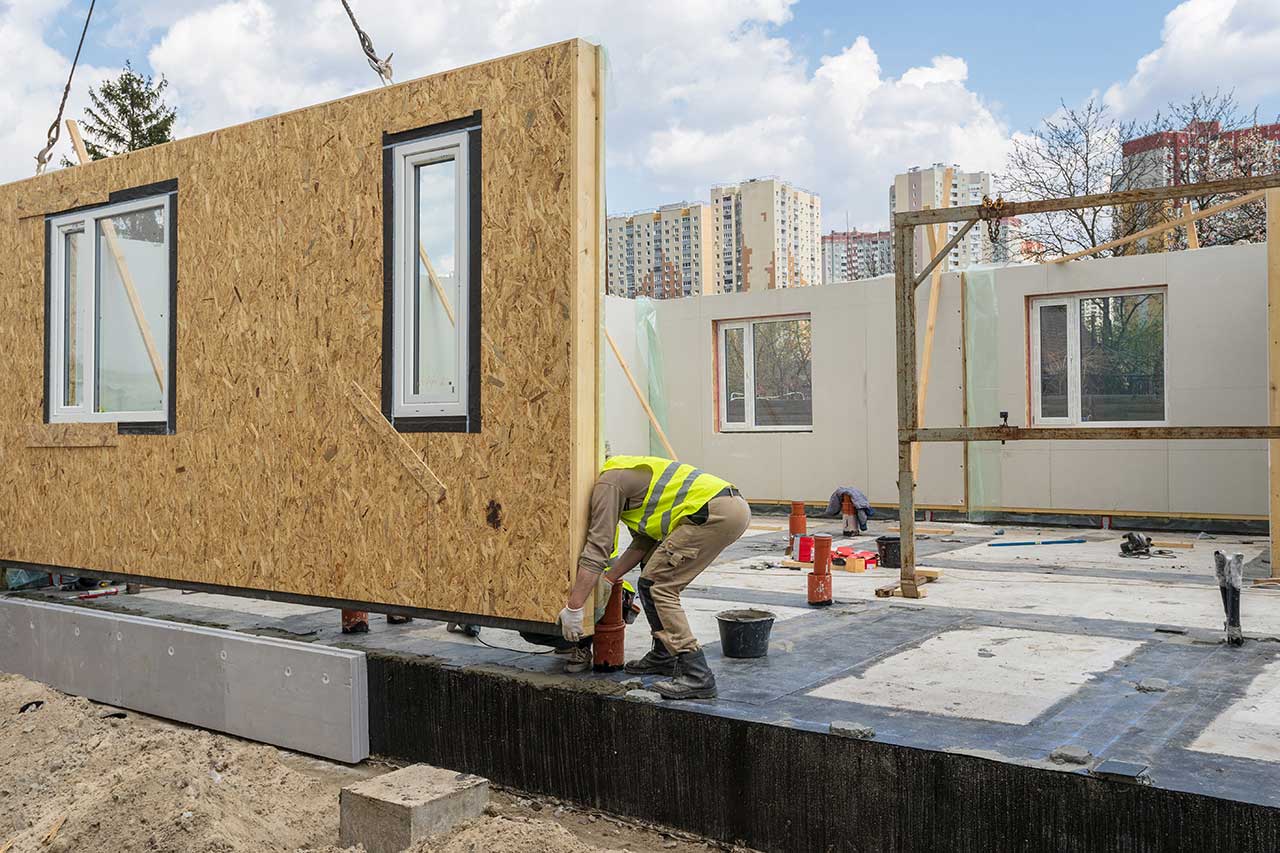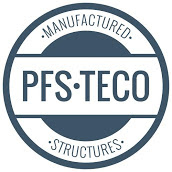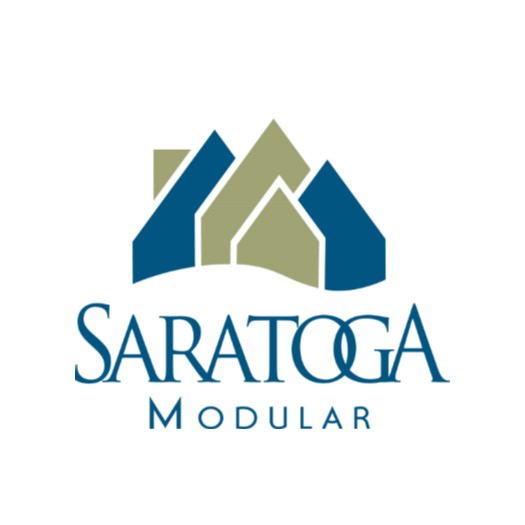Ah, the flat-pack home: equal parts efficient living solution, architectural marvel, and puzzle-in-a-box. Some people think of flat-pack and imagine frustration assembling furniture from a certain Swedish company, but flat-pack homes take that notion and dial it up to a (literal) house-sized scale. Whether you’re a nostalgic admirer of Sears kit homes from the early 20th century or curious about sleek, modern designs that go up faster than you can say “prefab,” there’s a flat-pack out there that could steal your heart—and possibly your sanity.
A Brief History of Flat-Pack Homes
Flat-pack homes have an illustrious history stretching back to the early 1900s, when companies like Sears, Roebuck & Co. delivered homes in neat packages right to your door. You could order a house as easily as ordering socks, provided you were comfortable building it yourself. These “kit homes” included everything needed to construct a dwelling, from lumber and shingles to plumbing fixtures and nails. Thousands of Americans lived the DIY dream by building their Sears homes, some of which still stand today as a testament to their enduring appeal—and some very patient family members.
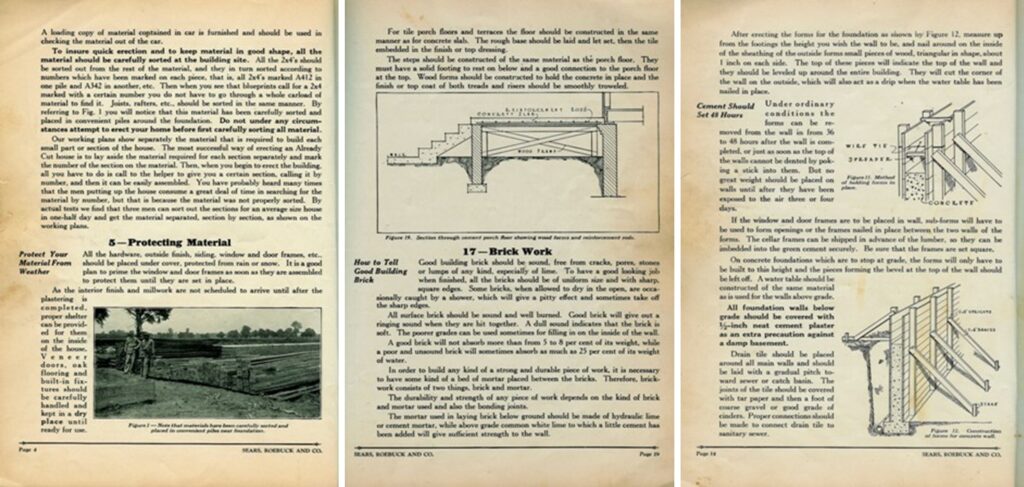
Sears Home instructions
Post-World War II, flat-pack found a new champion: National Homes. The company streamlined the assembly process further, meeting a housing boom with pre-assembled components and modular designs that would define suburban America. But while these pioneers blazed trails, today’s flat-pack titans have taken innovation to new heights.
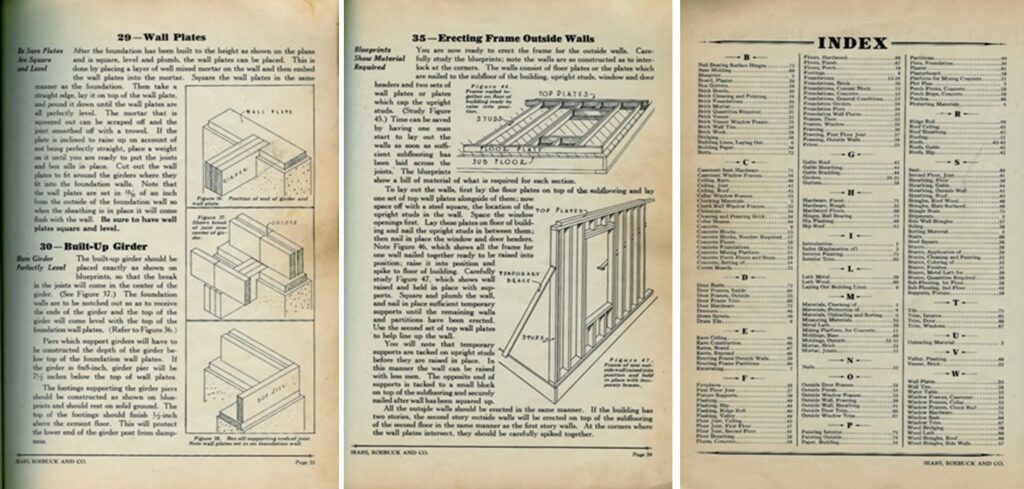
Why Flat-Pack is Hot Again
Flat-pack homes are making waves in the 21st century thanks to modern technology, environmental consciousness, and—you guessed it—the housing market. Millennials, Gen Zers, and empty nesters alike are flocking to them for their affordability, customization options, and the sheer joy of bypassing lengthy construction delays. They’re also playing a pivotal role in addressing housing shortages and disaster relief efforts.
But let’s be honest: a key selling point of flat-pack homes is that magical “build-it-yourself” charm. While the idea of assembling your own house may give some pause, many flat-pack kits come with detailed instructions (and sometimes even videos) that would make Ikea jealous. And there’s no shortage of options in today’s market.
Meet the Modern Heroes of Flat-Pack Homes
If you’re considering building your own flat-pack paradise, you have a veritable buffet of companies to explore. Here are a few of the top names leading the flat-pack renaissance:
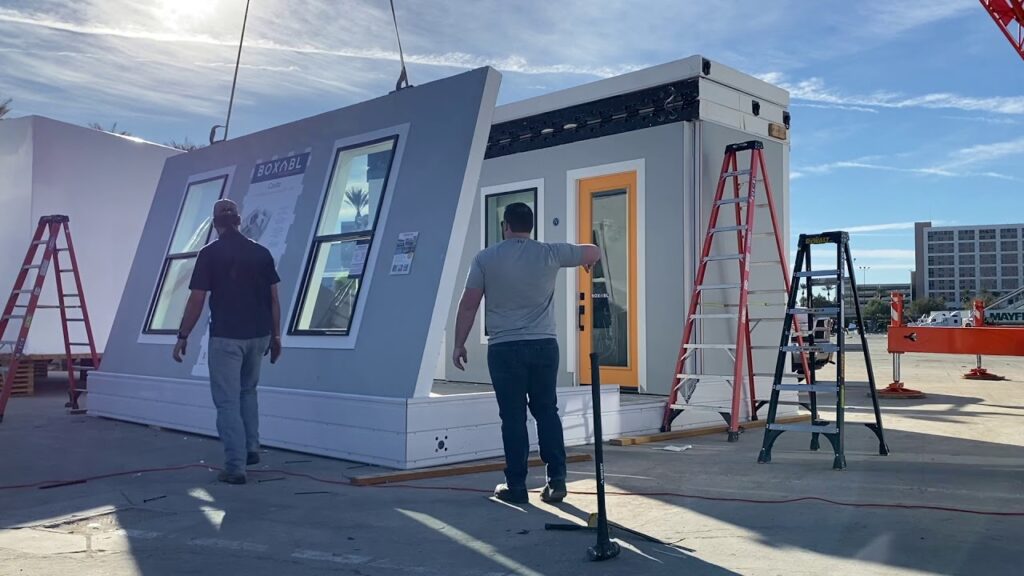
Boxabl
Boxabl
Mission: Making affordable, foldable housing accessible to all.
Boxabl burst onto the scene with the Casita, a compact, 375-square-foot unit that can be assembled quickly. A favorite of tiny-home enthusiasts and even rumored to have caught the eye of Tesla’s Elon Musk, Boxabl homes offer energy efficiency, water-tight sealing, and a futuristic approach to small-space living. Just don’t be surprised if your neighbors ask how you managed to put up a house faster than they put together their patio furniture.
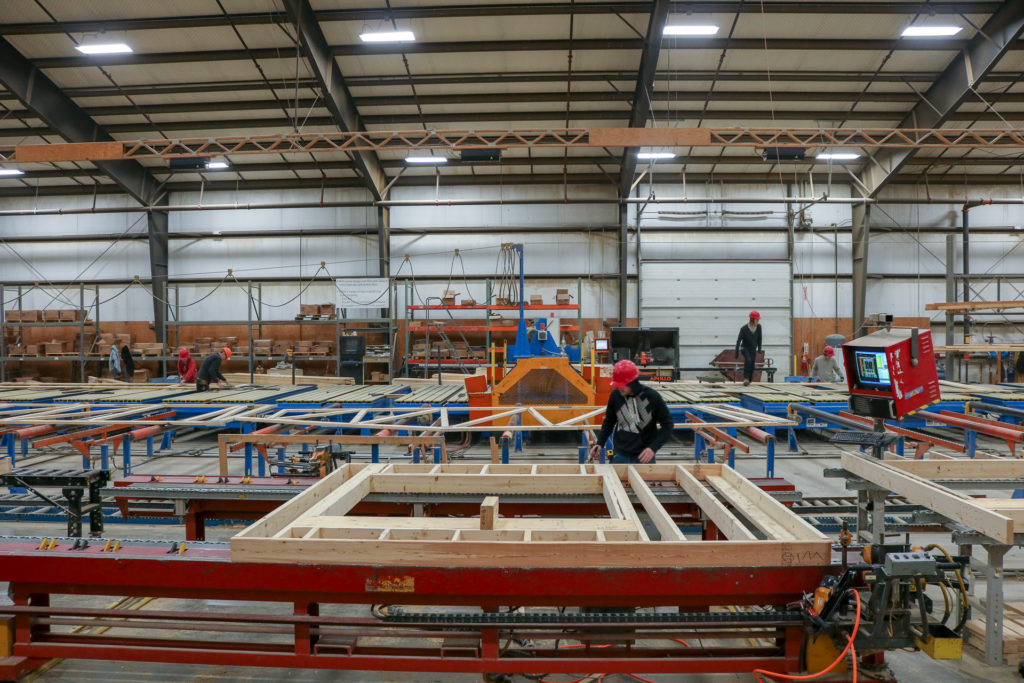
Barden Homes
Mission: Fast Track Framing System for panelized construction.
A complete building solution, the Fast Track Framing System streamlines all elements of the building process, from design to material sourcing and construction. Components of the system – wall panels, roof trusses, and floor trusses – are made to exact specifications by North American Truss, their manufacturing division.
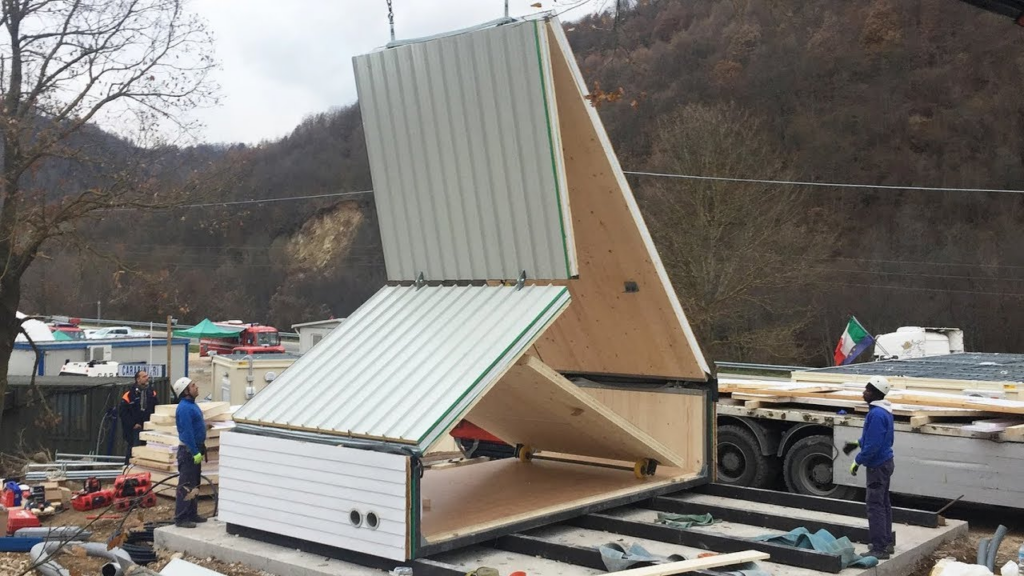
Madi Homes
Mission: Earthquake-resistant, quickly assembled shelters. Originating in Italy, MADI (Modular Adaptive Dwelling Initiative) homes bring elegance and safety to the flat-pack industry. They arrive folded and can be erected within hours. Best of all, their clever design ensures they remain standing even in the event of an earthquake. Shake, rattle, and roll all you like—MADI homes are built to last.

Plant Prefab
Plant Prefab
Mission: Building custom, eco-friendly homes quickly.
For those who crave a bespoke look without the custom-build hassle, Plant Prefab offers a flexible approach to flat-pack housing. Using sustainable materials and efficient factory methods, they reduce construction waste and speed up timelines. Want a custom modernist villa that leaves a small carbon footprint? This is your go-to.
Some Assembly Required: The Lighter Side of DIY Homebuilding
Of course, building a flat-pack home isn’t without its quirks. While today’s kits are more straightforward than their predecessors, there’s always room for the unexpected. Here are a few tidbits of lighthearted wisdom for anyone brave enough to go flat-pack:
Your New Favorite Word: Patience
Just because it’s “simple” doesn’t mean it’s easy. Be prepared to spend quality time with your instruction manual (and your patience). Some kits boast that two people can build them, but be wary of this promise if one of those two people isn’t a trained carpenter.
Tetris Skills Required
Transporting and organizing your flat-pack materials is a feat worthy of a medal. Everything fits like a puzzle, but one wrong piece can throw you off. Pro tip: don’t leave boxes and panels in the rain. Waterproof tarps are your friends.
The Bonding Experience of a Lifetime
They say travel is a true test of a relationship. Building a flat-pack home together is a whole new level. It’s teamwork, communication, and compromise in the form of siding, nails, and roof panels. But the satisfaction when it’s finished? Priceless.
Modcoach Note
As housing markets evolve and environmental awareness grows, flat-pack homes are here to stay. They’re more than a nostalgic nod to Sears kit homes; they’re a testament to what can happen when affordability, sustainability, and good old-fashioned ingenuity come together. Whether you’re looking to build your first home, downsize, or simply live differently, a flat-pack home might just be the answer.
After all, there’s something uniquely satisfying about building a house that arrives neatly packaged and turns into a cozy place to call home. So grab your hammer (or hire some pros to help with assembly), and get ready to experience the joy of turning a flat-packed dream into reality—without a single missing screw.
For anyone interested in diving into the world of flat-pack homes, companies like Boxabl, Haus.me, MADI Homes, Plant Prefab, and Kodasema are blazing the trail. So whether you’re eyeing a modern modular mansion or a foldable cottage in the woods, the flat-pack future is full of possibility. Happy assembling!
.
CLICK HERE to read the latest edition
Contact Gary Fleisher


